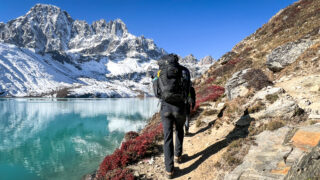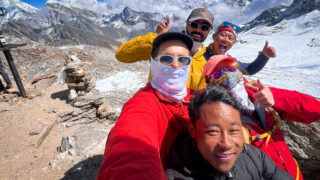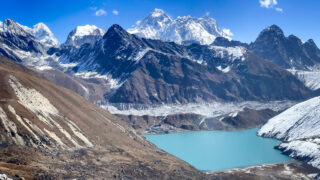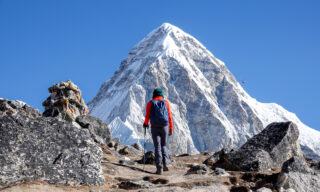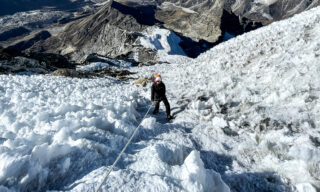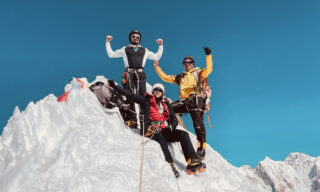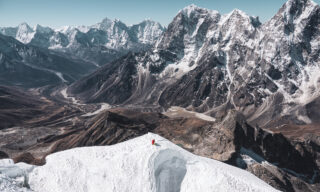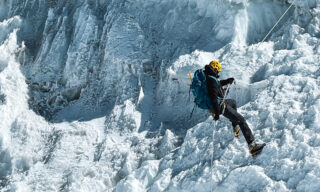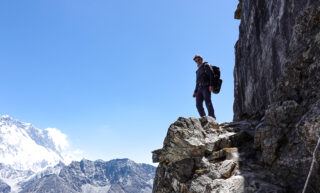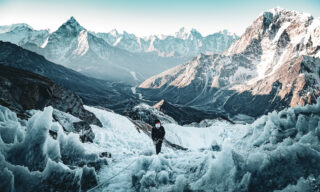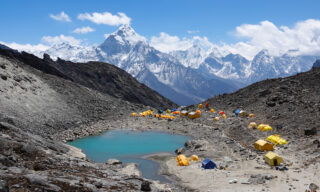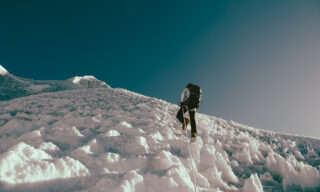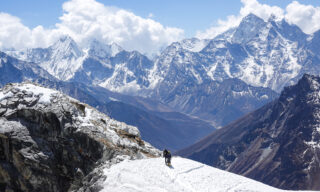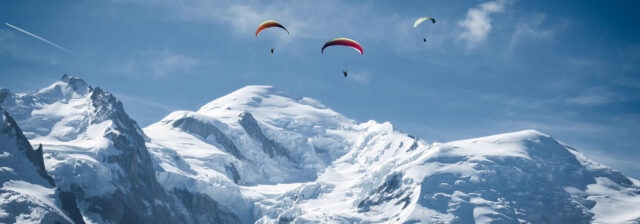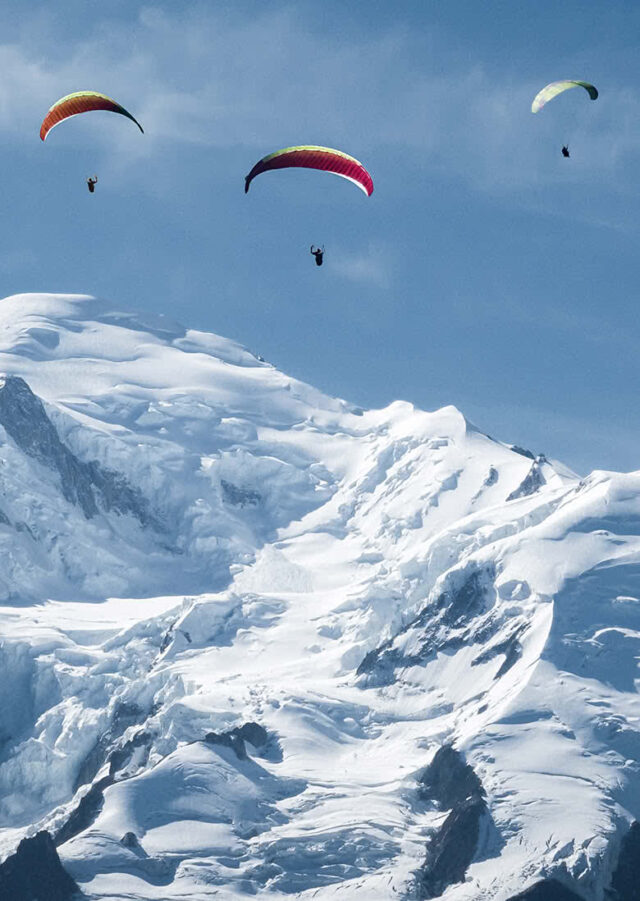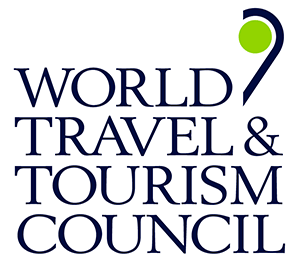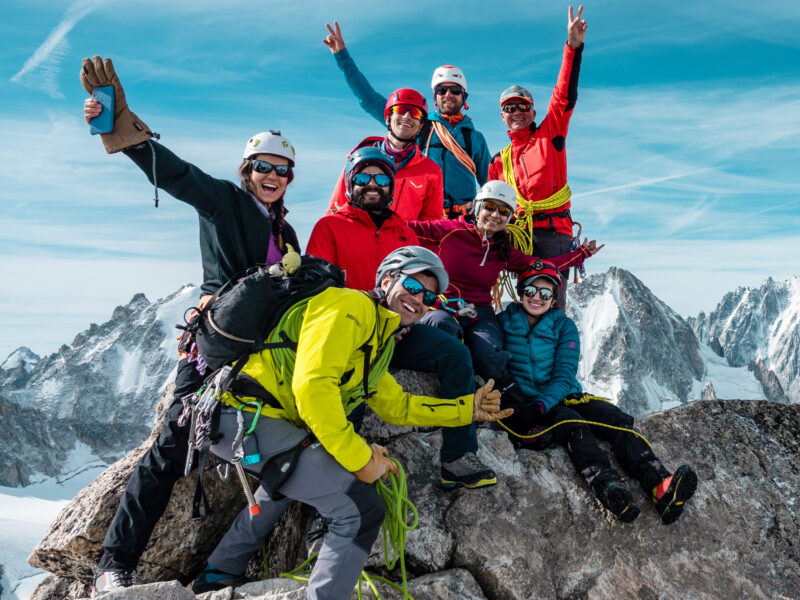Distance: 7.3 KM | Ascent: 442 M | Descent: 67 M | Max Altitude: 4,756 M
Today’s trek takes us along a ridge, where the valley begins to widen, offering expansive views that stretch for miles. After breakfast, we head out in a northbound direction, where the trail leads us to Pangka, a peaceful spot where the beauty of the landscape is accentuated by the clear, crisp air. Here, the tranquility of the surroundings provides a perfect moment to pause and soak in the serene atmosphere. At a fork in the trail, we choose the path to Gokyo on the left, while the right path leads to the Cholaste base camp across the river.
After a brief descent, we climb to a large cave area known as Nilibuk, a place steeped in ancient myths and natural wonder. The cave, with its intriguing formations and historical significance, invites a sense of curiosity and exploration.
Continuing on, we arrive at the first of Gokyo’s five enchanting turquoise lakes, each one more mesmerizing than the last, set against the towering backdrop of snow-capped peaks, the highest of which is Cho Oyu. The pristine waters of these glacial lakes reflect the stunning panorama, creating a breathtaking and otherworldly scene. The landscape here is truly a testament to the raw beauty of the high Himalayas, with its rugged terrain, vibrant hues, and majestic peaks that seem to touch the sky.
As we make our way through this ethereal environment, the awe-inspiring vistas and serene surroundings remind us of the remarkable journey we are on and the incredible natural wonders that await us at every turn. Our evening is spent in the lakeside town of Gokyo. There are few words that can truly capture just how magnificent this place is.






















